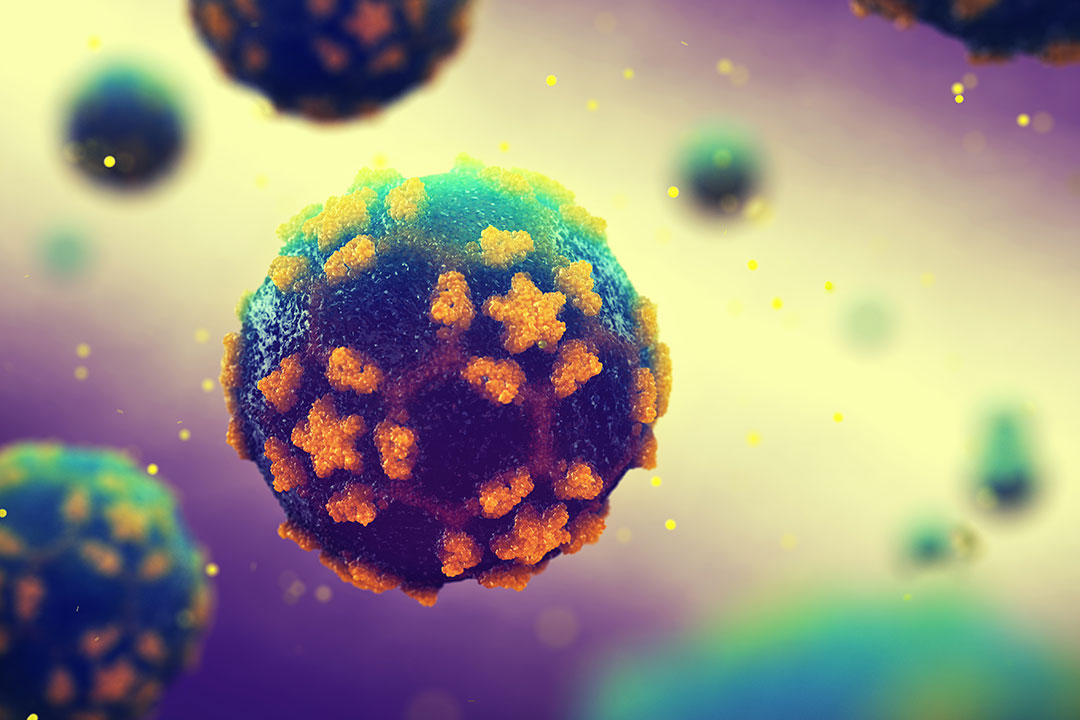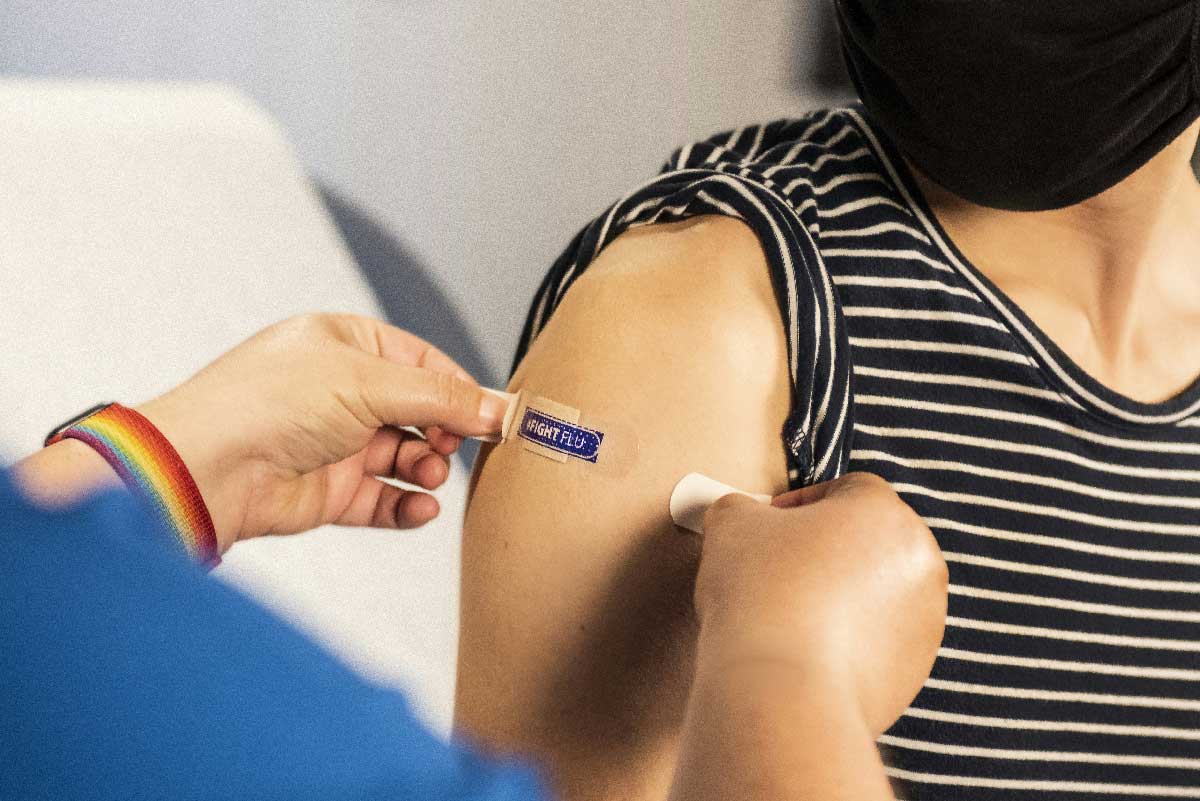UK polio outbreak: What you need to know
British health officials have declared a national incident after routine surveillance identified potential community transmission of poliovirus in London. Gavi’s Head of Vaccine Programmes, Stephen Sosler, tells Linda Geddes how this can happen.
- 29 June 2022
- 3 min read
- by Linda Geddes

What exactly have public health teams in London discovered?
Like many countries, the UK routinely tests sewage samples for signs of poliovirus. Although the country was declared polio-free in 2003, it is normal for a couple of samples to test positive for vaccine-like polioviruses each year. This can happen if someone who was vaccinated with the live oral polio vaccine (OPV) overseas, travels to the UK and briefly sheds traces of the vaccine-like poliovirus in their faeces.
The virus appears to be circulating, if only at low levels, in specific geographic areas. Hence the risk of exposure to the virus varies. This should remind people of the importance of being protected through vaccination as the risk of exposure to the virus is uncertain and would only spread through unvaccinated and under-vaccinated populations.
Usually, the virus isn’t detected again but this time several closely-related viruses were found in sewage samples taken between February and May. This could imply that the virus has evolved into what’s known as vaccine-derived poliovirus type 2 (VDPV2) – which can in rare cases cause serious illness in people who are not fully vaccinated.
The detection of positive isolates has continued and there is evidence that low levels of person-to-person transmission have occurred – thus far without paralysis detected.
Have you read?
Has this ever happened elsewhere?
The emergence of vaccine derived poliovirus (VDPVs) has occurred in other countries in geographies and populations with chronically poor immunisation coverage. Eleven countries have reported VDPVs (types 1, 2 and 3) during the past six months and large outbreaks of circulating VDPV2 are ongoing in northern Nigeria, eastern Democratic Republic of the Congo and Yemen.
Why do the vaccines contain live poliovirus, if this can happen? Are they safe?
The oral vaccine is a live attenuated vaccine, meaning that the virus has been weakened to reduce its virulence or ability to cause disease. This is in contrast to ‘killed’ or inactivated vaccines. Live attenuated vaccines generally stimulate a stronger, more robust and longer-lasting immune response than inactivated vaccines. Both are considered very safe.
Are people in London at risk?
The virus appears to be circulating, if only at low levels, in specific geographic areas. Hence the risk of exposure to the virus varies. This should remind people of the importance of being protected through vaccination as the risk of exposure to the virus is uncertain and would only spread through unvaccinated and under-vaccinated populations (those who haven’t completed the recommended vaccination schedule).
Does this have any wider implications for the global polio eradication effort?
Yes, it illustrates the continued risks that polio poses to all countries, particularly countries with pockets or subpopulations who are insufficiently vaccinated.
More from Linda Geddes
Recommended for you








